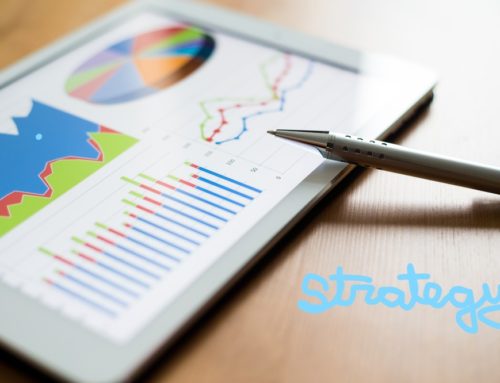Let’s begin with the WHAT. In the simplest of terms, data blending takes data from multiple data sources and combines it into one useful, functioning dataset.
Although not a new concept, the process is gaining momentum among analysts and analytic companies, as a straightforward method for achieving maximum value from multiple data sources. This type of insight strategy makes possible the discovery of correlations between data sets as diverse as databases, spreadsheets, social media, and pdfs, in a less expensive, more efficient manner than traditional data warehouse processes.
In an examination of the WHY and HOW of data blending, the advantages of incorporating data blending into the data insight’s arsenal quickly rise to the top.
- “Sometimes, we face questions that are hard to answer with the information from isolated tools. One powerful technique we can use is to combine data from different tools to discover valuable new insights,” suggests Hamlet Batista.
- “Data analysts estimate that 80% of their “analytics” time is spent creating new datasets, rather than analyzing data for insight,” says Paula Reed. “Add to that the fact that valuable data sources are multiplying at a dizzying rate, and the time analysts spend simply working on preparing data for analysis is set to skyrocket. So, how can we escape the endless cycle of collect -> clean -> collect? One way is to shift to a strategy that involves data blending, which allows us to combine data.”
- According to Sisense, “Data blending tools can give non-technical users rapid results in areas like sales, marketing or finance. For example, users in the marketing department might blend data from a CRM system and a spreadsheet with product profitability information. They could then quickly see which products not only make the most money but also attract the most customer purchasing interest.”
And the list of perks goes on and on.
Let’s move on to the HOW. Here’s a peek at two approaches—
- ETL = Extract, Transform, Load
A “backbone” of data computing since the 70s, this attractive method creates a “single version of data that programmers and business analysts can mine.” The process, still widely used in data warehousing, looks basically like this:
- Extract = copy data from multiple sources
- Transform = standardize as needed
- Load = move “transformed” data to a data warehouse
2. ELT = Extract, Load, Transform
A strong trend is moving the preferred data blending method away from ETL toward a similar, yet altered method:
- Extract = copy data from a variety of sources
- Load = store “clean” as-is in a receiving data warehouse
- Transform = as needed, combine data to solve a particular case
Software designed for the DIYer puts valuable insights at the fingertips of management teams, in a timely and cost-effective manner.
- Altair Monarch – a leader in self-service data blending, designed for business folk who are not rocket scientists
- Alteryx – featuring a drag-and-drop workflow environment to optimize data. No SQL, no scripting, and no VLOOKUPS required.
- Toad Data Point — Seamlessly access more than 50 data sources to connect, query, and prepare data for faster business insights.
Additional resources
- Check out Tableau’s detailed, step-by-step instructions on data blending as well as a discussion on “when to blend” versus “when to join” data.
- Consider Guru99 compilation of today’s best big data tools, along with their key features and download links, designed to help you decipher the array of Big Data tools flooding today’s market.
Assisting businesses with mining the most useful insights from their company’s data compilations, aided by the precise mix of qualified, dedicated employees, is the top priority at RomAnalytics. With more than twenty-five years of market research and analytics experience, Kathy Roman leads the RomAnalytics team as they passionately commit to every individual and project. Why not see what RomAnalytics can do for you? Contact the team today!




